Presentation
Mar 12 2024
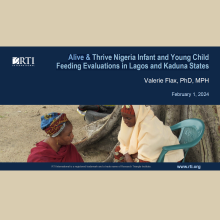
Alive & Thrive Nigeria Infant and Young Child Feeding Evaluations in Lagos and Kaduna States
This slide deck was part of a presentation given by RTI International and Alive & Thrive during a post-graduate course lecture at Johns Hopkins University on January 25, 2024.
Toolkit
Feb 01 2024
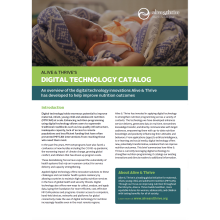
Alive & Thrive Digital Technology Catalog: An overview of the digital technology innovations Alive & Thrive has developed to help improve nutrition outcomes
Journal article
Jan 26 2024
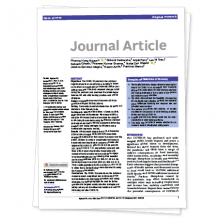
Overpromoted and underregulated: National binding legal measures related to commercially produced complementary foods in seven Southeast Asian countries are not fully aligned with available guidance (Blankenship J, et al. Maternal & Child Nutrition. 2023)
Poster/Graphic
Aug 17 2023
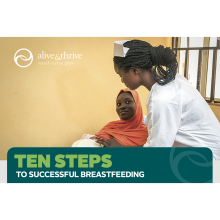
Ten Steps to Successful Breastfeeding Poster
Intended for use in healthcare facilities providing maternity services and care for newborn infants, this poster outlines 10 key steps to successful breastfeeding.
Job aid
Aug 17 2023
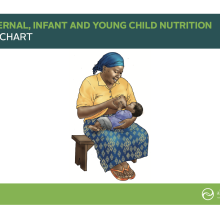
Alive & Thrive Nigeria MIYCN Flip Chart
This flip chart is intended for use as a job aid by health workers to advise pregnant and breastfeeding mothers on best practices in maternal nutrition, breastfeeding, and complementary feeding.
Guide/Manual
Aug 16 2023
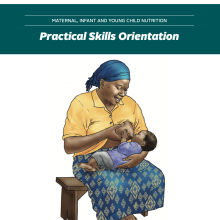
Alive & Thrive Nigeria MIYCN Practical Skills Training Manual
This manual can be used as part of an in-service orientation/training for newly employed or deployed health professionals working in MIYCN. It can also be used to train existing primary healthcare (PHC) workers on essential MIYCN services that can be integrated into PHC services.

